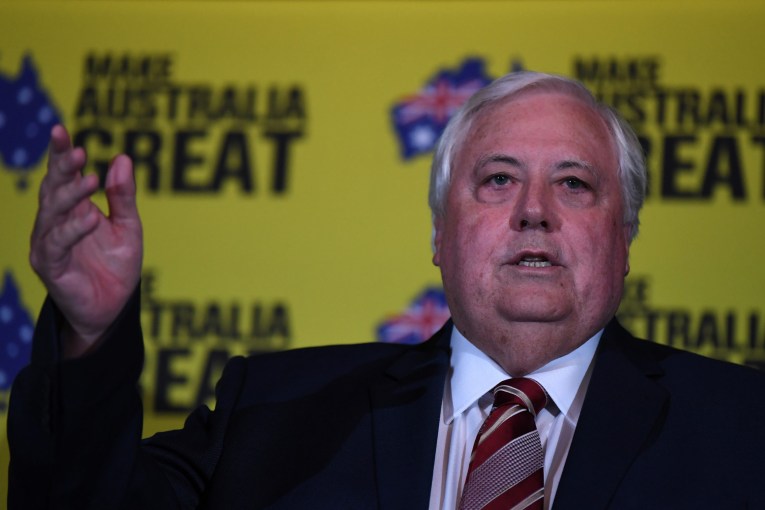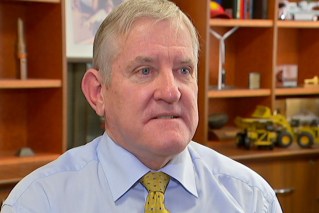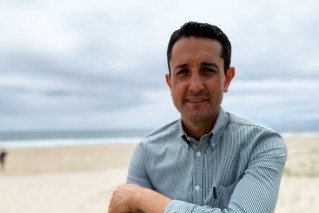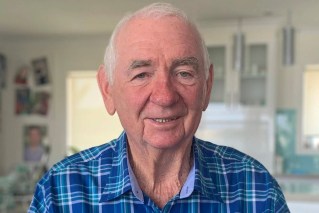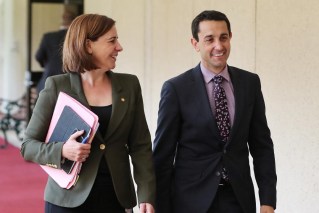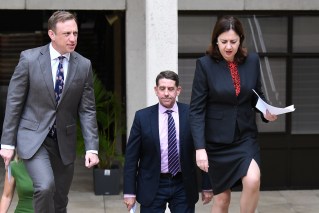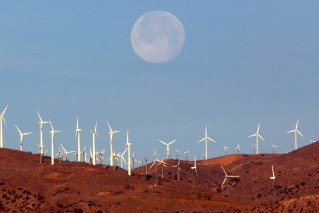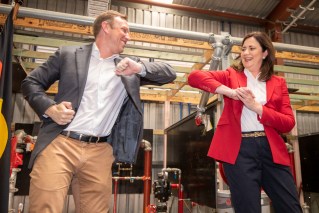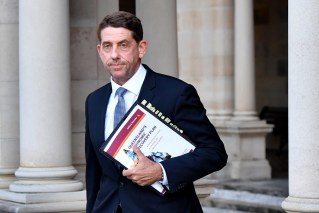Why Scott Morrison may pose the biggest barrier to this man becoming premier
The Liberal-National Party’s almost three decades in the Queensland political wilderness might not end until the party loses its iron grip on Canberra, writes Dennis Atkins

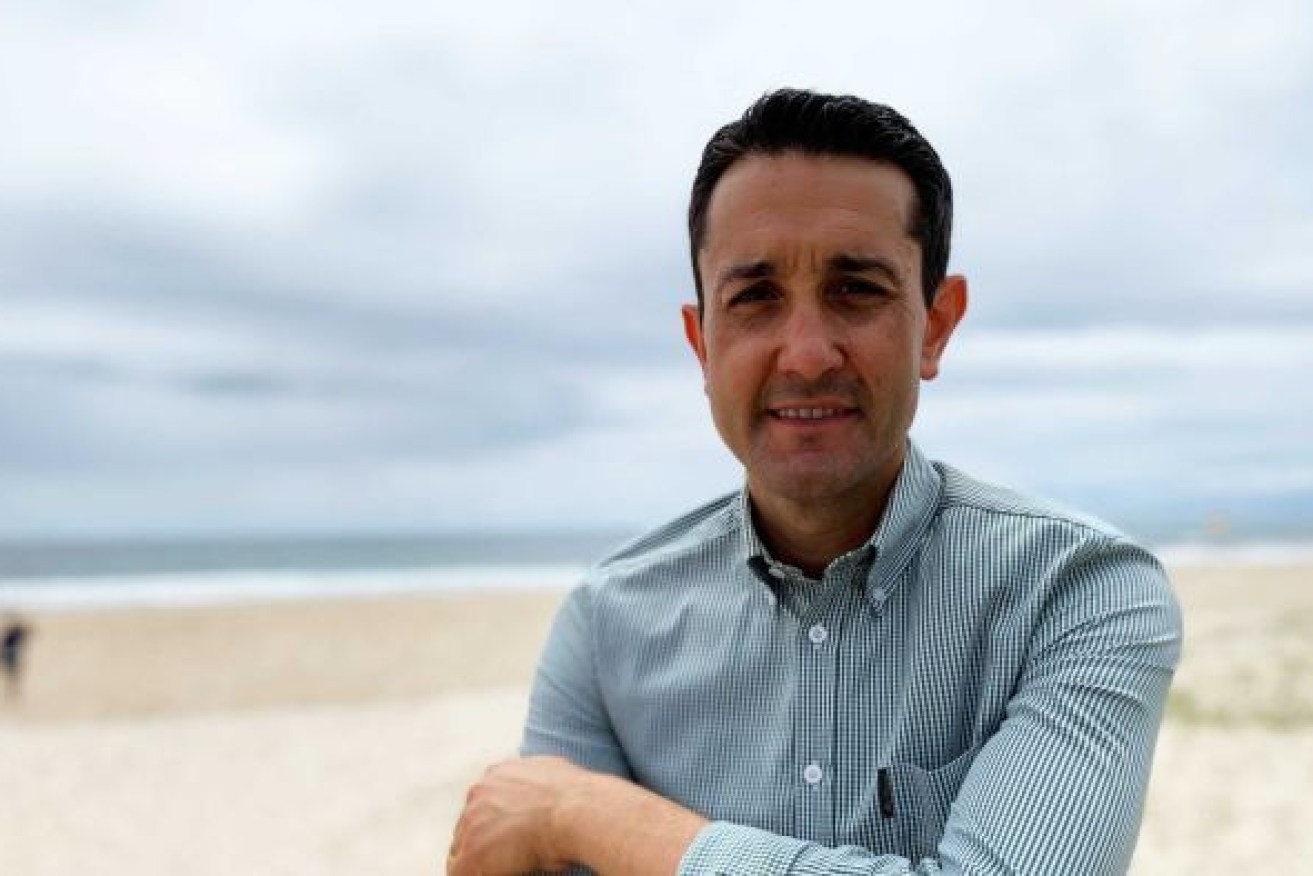
Queensland Opposition leader David Crisafulli wants MPs to return from holidays early to deal with the state's crime wave. (Photo: ABC)
If the newly minted Queensland LNP leader David Crisafulli and his team want to get an even break before the next state election – to be held on the last Saturday of October, 2024 – there’s one readily available but awkward lever to pull.
They could spend the first year of this grinding term campaigning against Scott Morrison’s Government in Canberra.
This is because one of the brutal mathematical facts of federal/state politics in Queensland suggests this might provide a path to possible victory.
The most recent election failed to break what is a stark statistical duck for the conservative side of politics. Throughout the last 14 Queensland state elections – from 1983 to the present – the Liberals and Nationals have not managed one win while their fraternal federal parties have governed nationally.
It’s a stark number to come out of the wash-up of the 2020 Queensland poll – and it is a problem common to many jurisdictions in this country, although the conservatives in this state suffer from it worse than just about anyone else.
If the Coalition is in power in Canberra, Queensland voters have a powerful itch to vote Labor at a state level.
This does, of course, present a flipside of the coin problem for federal Labor as another eye-popping number from the October poll demonstrates.
At the October 31 poll, state Labor managed to garner 1,134,969 votes, which is all of 380,177 more than Bill Shorten and his Labor colleagues managed in Queensland just 18 months before. That’s about seven-and-a-half capacity crowds at Lang Park (aka Suncorp Stadium).
Of course, the LNP lost votes from the federal contest in May, 2019 and last month’s state election – just over 200,000 of them.
These are the dog day numbers for the losing sides in those two democratic outings. They never look good but these are particularly bad and should provide some dark soul searching in the respective camps.
Now that the numerical dust has settled from the state election we can make some sharp observations.
The top line to take from the results is that Labor did very well indeed and, conversely, the LNP put in a shocker.
To underscore just how badly the LNP performed, consider this: while in Opposition against a Labor Government which did everything to put lack into lacklustre, the state LNP went backwards in the number of seats won and in the size of the swing achieved in two elections in a row.
Even the old “Labor in Perpetual Opposition” crowd of the 1970s and 1980s couldn’t manage such an inglorious feat.
While it has occurred in various but quite rare state and federal contests over the decades, the last time it happened in Queensland was in the consecutive elections of 1923 and 1926.
So to manage it in the modern era is the definition of plumbing new depths in electoral failure – take a bow Deb Frecklington and the crowd who couldn’t shoot straight.
As elections whiz Kevin Bonham points out in his post-contest wrap up, the LNP has “serious problems” in Queensland state contests. “It struggles to attract quality leadership (partially excluding Campbell Newman who was an excellent campaigner in Opposition but a divisive Premier),” says Bonham in his final post
“Its internal culture suffers from an excess of vested interests and domination by backroom boys (the gender reference isn’t an accident) and also some remarkably immature social media personnel.
“As a female leader Deb Frecklington had the opportunity to present a different style of leadership and to improve the party, but instead chose to attack another woman over her choice of clothes and her failure to have children.”
Bonham points out the results featured some oddities in respect of personal votes with the LNP not only losing seats where sitting members were retiring – something that’s not unusual – but also managing to lose two seats they picked up at the last election where a new sitting member was recontesting.
This reinforces the difficulty parties – especially oppositions – face in losing the stickiness of personal votes.
Other outcomes worth noting include the fact that optional preferential voting – which was controversially scrapped by Labor last term – would not have changed anything. On the way the votes flowed in all seats, only one – the Sunshine Coast Labor pick-up of Nicklin – would have had a different result (this assumption is supported by Bonham’s analysis).
The outcome also confirmed the thesis – discussed in these columns in the lead-up to the election – that the vote would polarise between the major parties. The overall minor party vote slipped markedly, from a tad under 31 per cent to just 25.4 per cent which bucked a historical trend.
The biggest contributor to this was the collapse of the One Nation vote but others either stalled or went slightly backwards, including the Greens, whose performance looked sadder in the cold light of day than it did just after October 31.
The overall result should be seen as a victory for a government that benefited from incumbency during a pandemic, was well regarded as having a plan for the post-pandemic economic recovery and had a strong leader in performance and approval terms.
The interesting, counterfactual is whether Labor would have won absent the pandemic. Looking at how this result came together – especially the failure of the LNP to take any seats, including those in the regions – does suggest that a Labor victory was possible without the drama and world-stopping events of 2020. As to whether that might have actually happened, we will never know.
